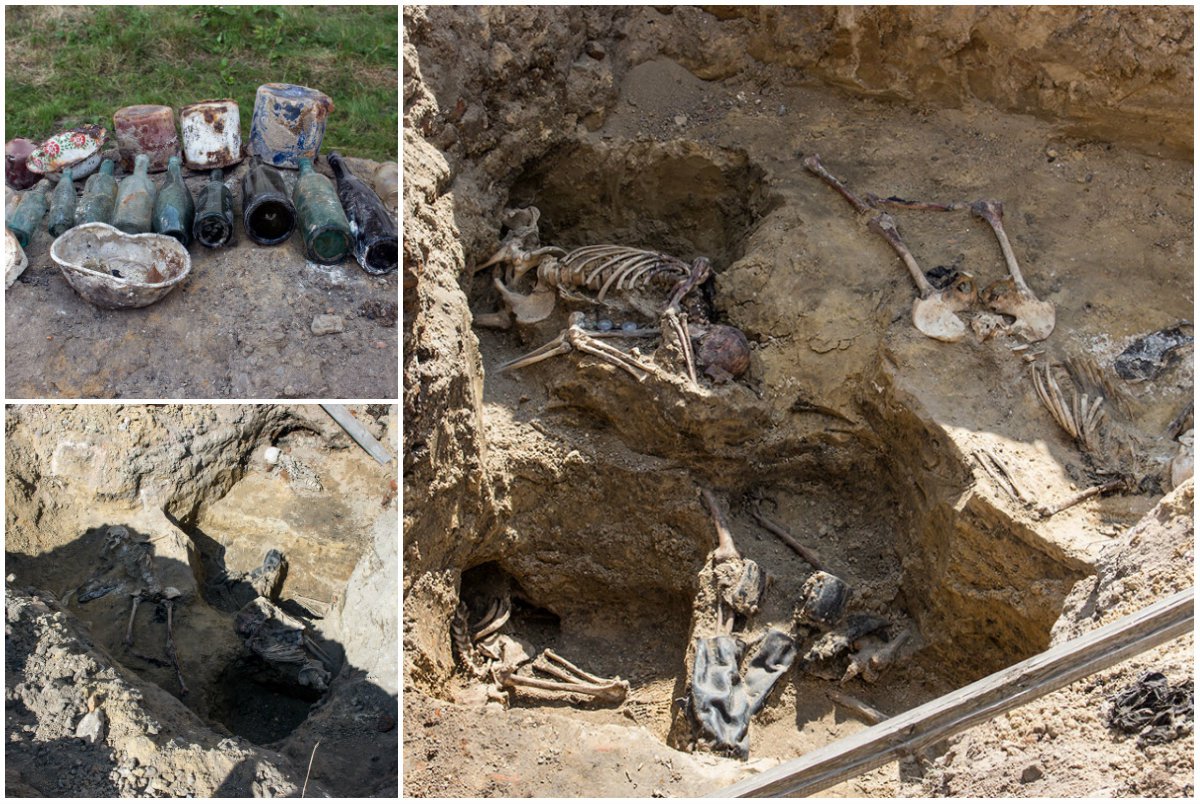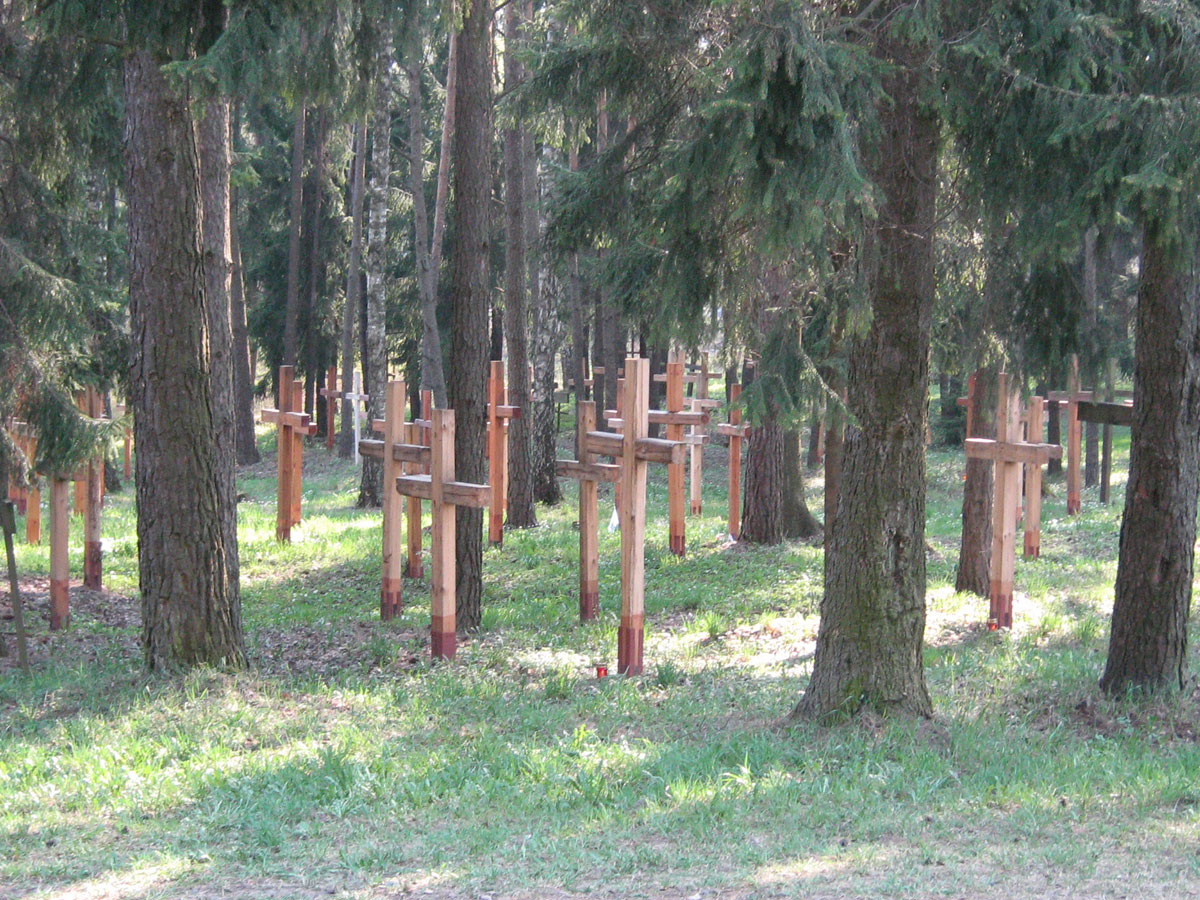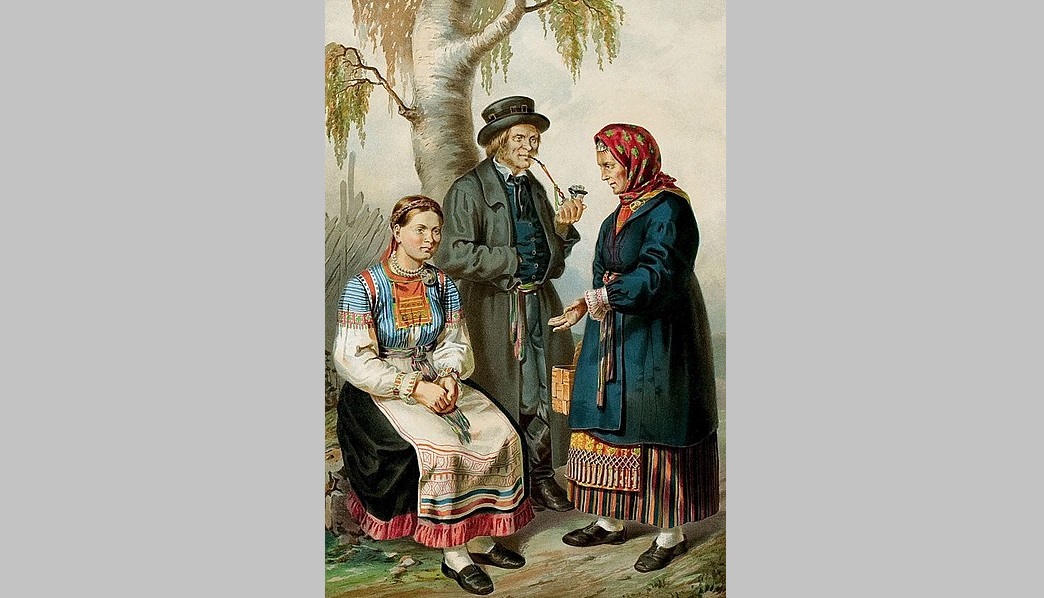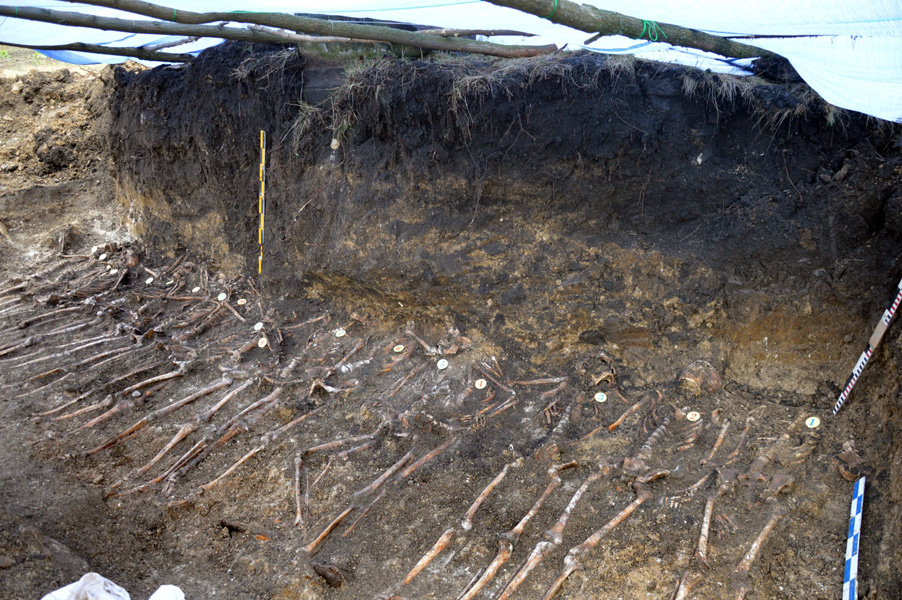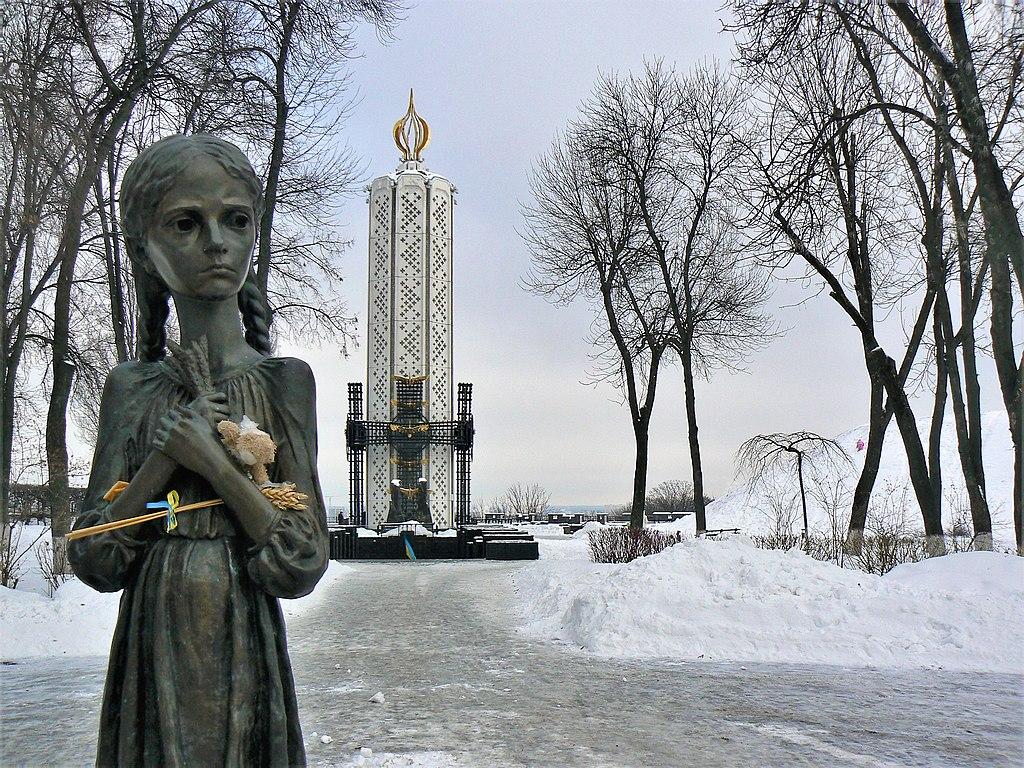For more than three weeks Ukrainian archaeologists have been excavating the courtyard of the National Memorial Museum “Tyurma na Lontskoho” (Prison on Lontskoho) (1 Stepana Bandery Str., Lviv), where the NKVD and KGB systematically imprisoned and tortured Ukrainian dissidents and nationalists. Two mass graves with human remains and personal belongings have been dug up - one contains the remains of two persons, and the other more than ten bodies. Experts are confident they will find the remains of other executed victims.


In 2005, developers had planned to build a high-rise on the museum site, but construction was stopped when workers discovered human remains. Unfortunately, at that time no one was interested in pursuing such historical work.
Today, many experts believe that these graves bear the signs of the brutal Soviet secret police (NKVD) - the bodies were thrown randomly into the pit together with animal remains and covered with household waste and soil, whereas the Nazi Germans lay their victims in compact straight rows and then covered them with soil.
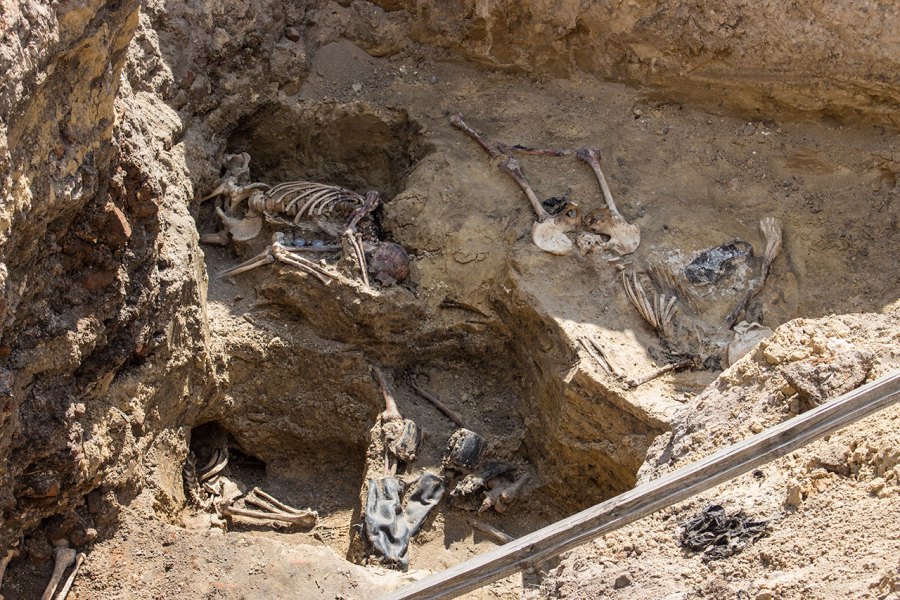
Ruslan Zabily, Director of the National Memorial Museum spoke to the press about the recent findings:
“This is the second year we’ve been conducting archaeological digs in the prison courtyard. Two burial pits have been uncovered. We can definitely assert that these persons were victims of Soviet repression in the 1940s-50s. Today, we uncovered two bodies, and we continued our digs in the second pit, where we found ten human remains, but the whole excavation area has not been opened yet. There’s a lot of supporting excavated objects that will help us do research on these graves, and establish the exact dates and total number of people killed.”
“This year we started the next phase of excavation research, using probing, coring and trenching techniques. Late last week we located the first burial pit, continued digging and found a second grave with more than ten remains in another trench.”
“I’d like to add that this is the first large-scale archaeological study of the area since the Prison on Lontskoho Museum was inaugurated on June 28, 2009. Our work on these two graves is just beginning. In fact the Ukrainian national police has also opened criminal proceedings with regard to the human remains found in the courtyard. We plan to study the excavated bodies, identify the victims, and inform the public. We’ll be working together with our archivists.”
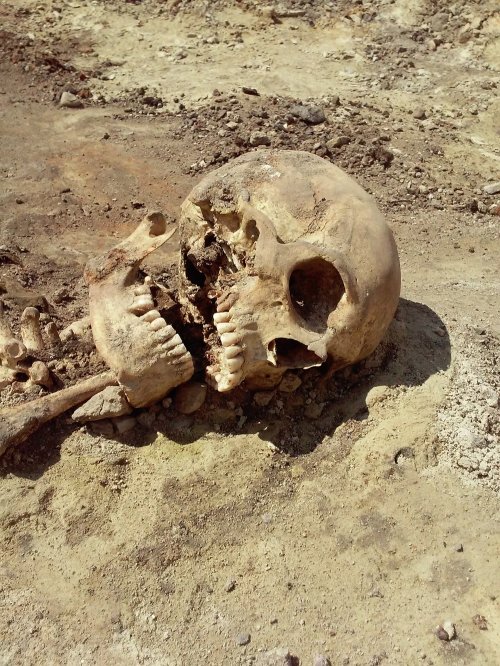
Svyatoslav Sheremeta, Director of KP Dolia, the memorial research company involved in excavation work:
“We can’t as yet determine the exact date of these finds, but we can confirm that it was definitely after 1939, after the first arrival of the Bolsheviks in Lviv.”
“We can also assert that the other excavated objects date back to the Polish period (until 1939), but it’s clear that people were still using those objects after 1939 - dishes, glasses, bottles, pots and pans, and other household items, as well as objects from the Soviet period. In addition, we uncovered remnants of cloth, clothing, shoes, certain personal items, animal remains, and some sort of Soviet certificate belonging to one of the victims.”
“The NKVD also covered the bodies with lime so as to eliminate any trace of their crimes. That’s why we must dig deeper and more carefully and excavate the whole courtyard.”
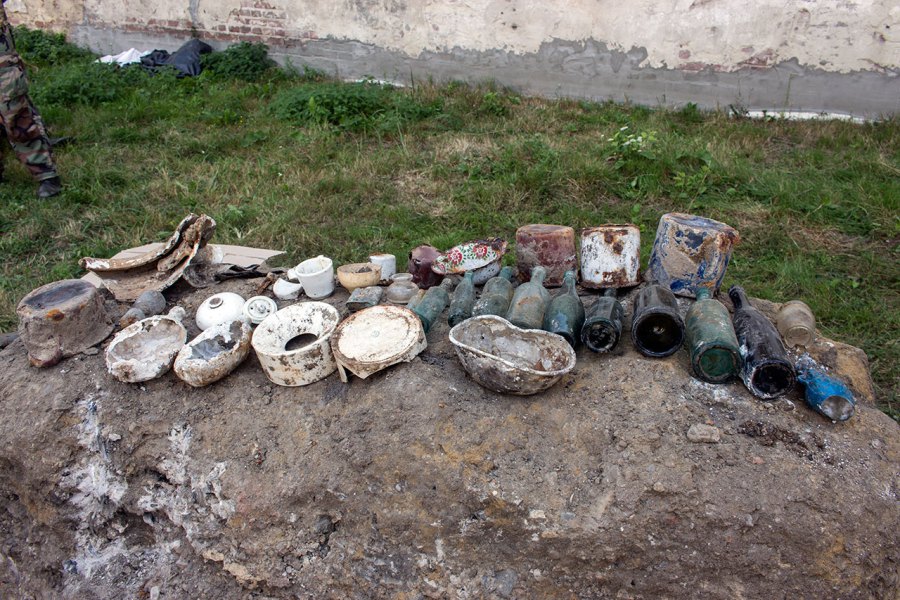


About the Prison on Lontskoho Museum:
The Memorial Museum Prison on Lontskoho commemorating victims of occupation regimes was opened in a large building which for 85 years had housed the secret police of different occupation forces. The imposing complex standing on the corner of Bandery and Kopernika Streets in Lviv was built in the late 19th century for the Austrian gendarmerie. The building was later transformed into Polish, German and Soviet prisons. During the German occupation of Ukraine, the building housed the infamous Gestapo. The Second World War in general was characterized by unheard-of violence outside the fields of battle. The violence was particularly brutal in Ukraine. When the Soviets withdrew from Western Ukrainian territory in June 1941, they shot, murdered, or burned to death nearly 20,000 inmates of NKVD prisons, including many in the Prison on Lontskoho. After World War II, the building was used by the KGB to imprison and punish partisans, dissidents, and activists. Lviv residents remember it as a place from where no one returned – “”You can see and smell Siberia from the prison windows…!” After the independence of Ukraine in 1991, it was used as a detention facility by the SBU (Security Service of Ukraine). The building now houses the National Police and the Museum.
Video of press conference in Museum courtyard (in Ukrainian, 14:22 min)
[embedyt] http://www.youtube.com/watch?v=aVKvRVs7FUs[/embedyt]

